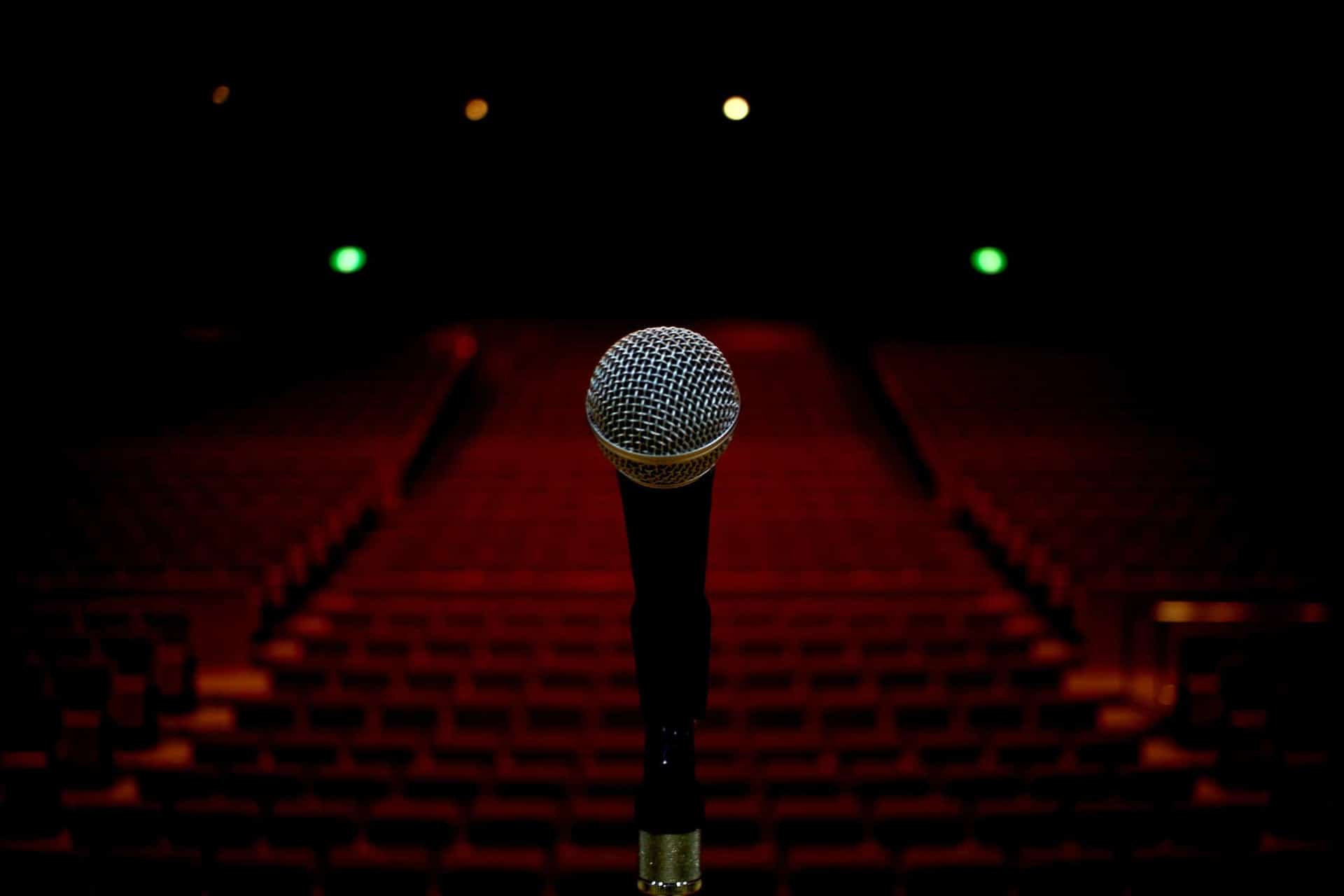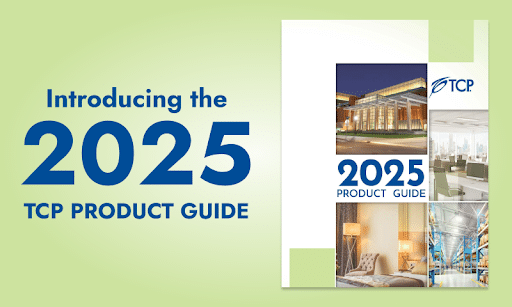Case Study: Performing Arts Building
Situation
A five-acre, performing arts center with three theaters in two buildings had 40-watt halogen lamps and 32-watt fluorescent tubes that needed replaced with a more efficient lighting option. The center was tired of frequent lamp replacements and high energy costs, so it was obvious that LEDs could be a good option for them. However, they also knew that a transition to LEDs could cause a dimming compatibility problem since they weren’t planning on replacing their control system.
Dimming compatibility is a common pain point for those integrating LEDs into their lighting system. Performance can vary depending on the type of commercially used LED source. If your LED replacement lamp is installed on circuits controlled by phase-cut dimmers, you may not get the most ideal performance. You could get dimmers not dimming or get various points of flickering along dimming levels. You can also get a dimmer abruptly dimming opposed to a smooth transition. It was no wonder the center had their concerns.
Solution
Incompatibilities can sometimes stem from the quality of the lamp. If you don’t buy a lamp from a quality manufacturer, you can have poor performance. That’s why it was good that the center worked with TCP throughout the construction project. TCP wanted to ensure the center was comfortable with the LEDs, so we did initial testing by supplying an estimate of 50 lamps for a particular section of the center. As a result, all the lamps worked on the first try.
The performing arts center replaced 3,758 halogen lamps with 4-watt LED G16s. They also replaced 550 fluorescent tubes with 15-watt LED T8s and are projected to receive the return on their lighting investment within 5 years for 50,000 hours of operation.
“We’re glad we were able to help the performing arts center receive the savings they were looking for,” said Paul Philips, director of product management, TCP Lighting. “We pride ourselves in our quality LED lamps and are glad we are compatible with their current control system.”
While LEDs have a stigma for being expensive, the center was smart in taking advantage of utility rebates. Every type of rebate has its own incentives, goals and procedures. TCP has utility rebate support and was able to make a very complex process simple for the center. They were able to maximize their savings by leveraging the knowledge of the manufacturer and receiving an estimate of 50 percent in utility rebate savings.
Related Articles
Workspace Lighting Design Trends
Whether you operate a corporate office or a small business workspace, your lighting solutions should be up-to-date with the latest trends. Modernizing your lighting solutions will not only improve employee productivity and performance, but you will also save money by...
The Impact of Energy-Efficient Lighting on Warehouse Productivity and Efficiency
Proper lighting is a critical factor in warehouse efficiency, safety and overall productivity. Workers in warehouses often operate heavy machinery, move large inventory and navigate expansive spaces – tasks that require optimal visibility. Poor lighting can lead to...
Industrial Lighting Challenges and Their Solutions
Industrial lighting presents unique challenges, from high energy costs and inconsistent light quality to frequent technical issues. These problems can impact productivity, safety, and operational efficiency. In this article, the experts from TCP will explore common...






